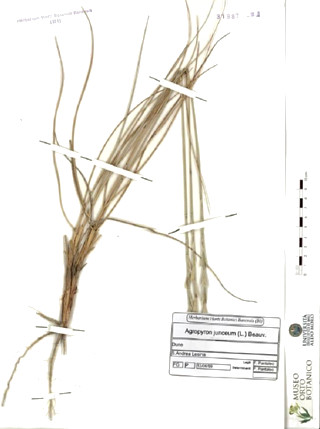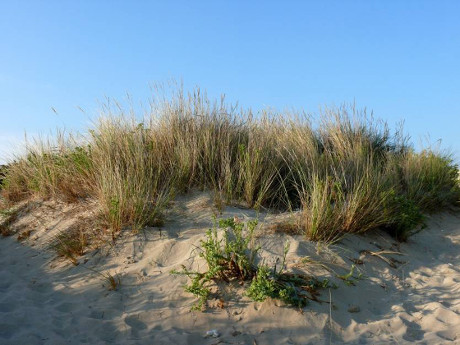Itinerary edited by the UNIVERSITY OF BARI 

Puglia is surrounded by approximately 1,000 kilometers of coastline. Because of precise morphological reasons it has a wide variety of natural environments. You may as well visit the sandy beaches, dune systems, high cliffs and low rocky shores. Along this path we can find some species that characterize specifically any kind of coasts. The remaining specimens in the wild can be compared with the artifacts preserved at the Botanical Garden Museum of the University of Bari. Between land and sea, between nature and the museum, the visitor can discover the complexity of a plant world tied to these peculiar and sometimes fragile natural environments.


 The rocky shores
The rocky shores
The coastal profiles with hard substrate are prevalent in Puglia, featuring more than 50% of the total length, with a certain prevalence of low coastline than the high cliffs.
In these environments the ecological factors that affect plants life are the high winds, the marine aerosols, the high solar radiation, sometimes the strong inclination of the walls and the net shortage of substrate that accumulates in cracks or otherwise in thin layers.
The plants adapted to these rather difficult environments are chasmophytes, whose roots are able to penetrate into the rock, into existing cracks or root systems that help to create and enhance; then the halophytes, adapted to high salt contents and the xerophytes, adapted to 'aridity. Frequently it is also possible to find the camefite, woody plants or prostrate pulvinate (pincushion), able to put up a little resistance to the wind.
 The sandy shores
The sandy shores


The sandy coast in Puglia extend for about 285 km, representing 29% of the total. They are characterized by peculiar and extremely selective ecological factors on living creatures and plants, first of all the incoherence of the substrate, the marine aerosols, the wind, the high solar radiation. The result is the low availability of water, given that rainwater leaches rapidly through the sand and that the flap is unavailable to plants because of its high osmotic potential.
Therefore the psammofite, plants of sandy environments, have specific adaptations in xeric sense that reduce overheating and loss of transpired water, fix the sand and soak up the little water available through dense root systems. For example, the beaches of Bermuda grass (Agropyron junceum) (r.) and bunting beaches (Cyperus capitatus) (left) are among the species responsible for laying the sand at the earliest accumulations (embryonic dunes), with stems underground (rhizomes) and extensive and thin root systems.
The flora of these environments is unique, not only for its high ecological specialization but also for its ancient origin that has its roots even in lineages coming from areas far from the Mediterranean area, such as the salty deserts of Asia, migrated eastward when the Mare Nostrum dried up towards the end of the Miocene about 5 million years ago. Peculiar is also the distribution of the species, which are not randomly distributed but are associated to form well-differentiated communities that are followed in parallel bands going from the sea towards the interior. Along these lines, in fact, the ecological conditions change gradually according to precise gradients: diminishes the effects of ocean dynamics, the wind, the infiltration of brackish groundwater, increases the nutrients in the soil with the onset of soil formation triggered by the competition of their own work of organizations, first of all vegetables. Therefore, especially in the preserved dune systems, it is possible to observe a succession of generally more and more complex communities, starting with the sparse vegetation with few annual plants, until the stain-Mediterranean forest.

